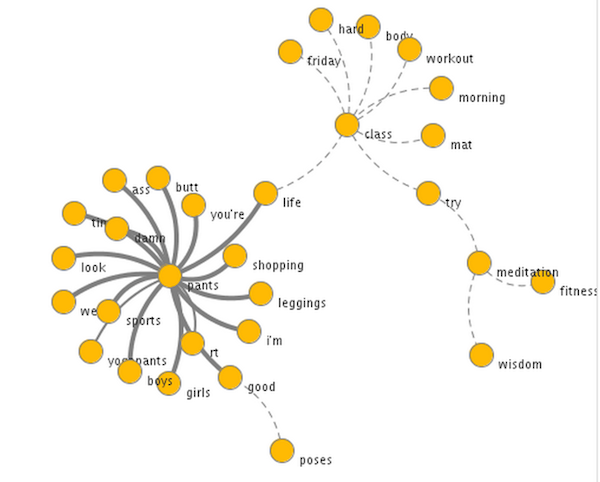 Social media has grown drastically in the past decade. With several successful social networks, accompanied by the continuously broadening user base, the data and insights available through social listening can drastically help improve your marketing efforts.
Social media has grown drastically in the past decade. With several successful social networks, accompanied by the continuously broadening user base, the data and insights available through social listening can drastically help improve your marketing efforts.
If you aren’t familiar with social listening, sometimes called social media monitoring, it is the practice of collecting tweets, Facebook shares, blog posts and much more, sorting through the data, and finding key insights and trends related to your product, service or industry.
Companies engaging in social media often leverage tools such as Sysomos, Radian 6, Hootsuite and others to “listen” and utilize this data to help inform their social strategy.
But social listening can actually do much more than inform your social strategy. It can help you find new keywords to target via paid search, find new networks or websites to run display ads on, and it can also help you optimize your content strategy.
Optimizing Your Content Strategy Through Social Listening
Having rich, unique, engaging content has become a solid way to help grow your business and audience. How that content is used is dictated by your business model, but the fact is, content plays a role in getting users to your website and getting them to come back for more.
One area where agencies and companies struggle is determining what content should create and provide to their audience. That’s where social listening comes in.
Each day, millions and millions of tweets, status updates, Tumblr posts, and any other forms of social postings touch on a wide array of topics. Chances are, they are talking about your product, service, or industry. By understanding what is being said, you can help craft your content strategy.
For example, let’s take a look at an industry such as yoga equipment. Through the social listening tool Sysomos, we can see that the term ‘yoga’ was mentioned over 12.5 million times in the first half of the year across the most popular social networks.

We also can see that a significant portion of the conversation is happening on Twitter. So let’s dive deeper into that specific channel.
When using social listening tools, you can dive all the way down to specific blog post, forum post or even a tweet or status update. You also can look at trending information to understand what types of conversations occur most frequently.

In the case of yoga, various other terms are mentioned frequently alongside the term yoga. Due to the very broad nature of yoga, many people on Twitter are talking about products, working out, fitness and even some things that may not be related to your business. The great thing with social listening tools is you can constantly update your query. If you feel some of terms shown aren’t relevant to your business, you can update your query to not include those terms.
This is the just the tip of the iceberg. Through social listening, you can understand who your most influential tweeters are related to your product or service. From there you can review the content they share, what questions they ask, and help inform what content you should have on your site.
Making Recommendations from Social Insights
Continuing with the yoga theme, if your business happens to sell yoga equipment, you can easily see there are significant conversations occurring around what type of equipment to buy. People new to yoga as well as aficionados both use social media to gather information prior to purchasing new mats and other gear.
While you could jump on your blog and create the next Top 10 Yoga Poses to Lose Weight post, your time may be better used creating something your audience is asking for.
By creating reviews and comparison shopping information related to your products, you answer their needs. Strengthening your product descriptions and providing insights on how specific gear matches up with body weight/size could help sway those users to making the purchase through your site.
You also can get an understanding of what format your audience wants content in. Instagram and other photo/video based social networks contain a significant amount of conversations related to yoga.
Search for #yoga on Instagram and you’ll be bombarded with more than 5 million unique posts from this year. With many users sharing pictures of yoga poses with pristine backdrops, a company selling yoga products could potentially follow suit, and feature their products within the photos and videos they share.
Summary
This type of thinking is applicable to almost all businesses. If you understand what your customers are saying, what they need, and how they want to get it, you can craft the right content that meets their needs.
Unfortunately, just publishing great content isn’t enough. You must also leverage social listening, content marketing, and SEO to ensure your audience reaches your content. But having an understanding of your audience and what they need is the first step.
 Social media has
Social media has 
